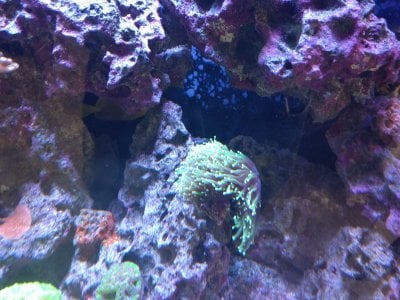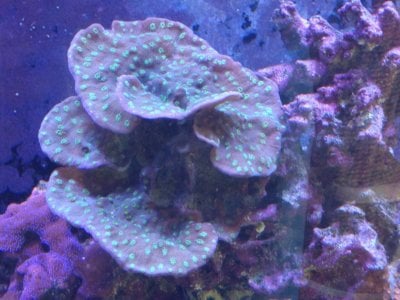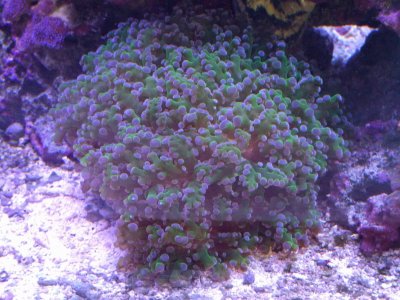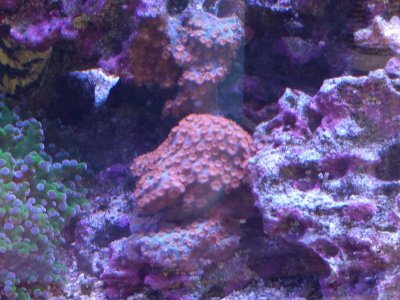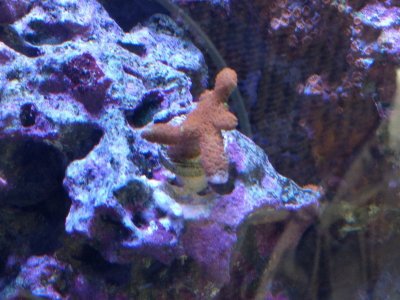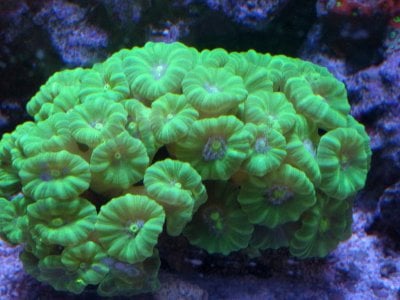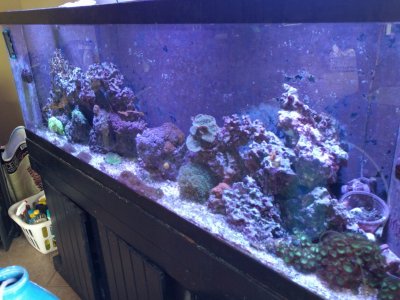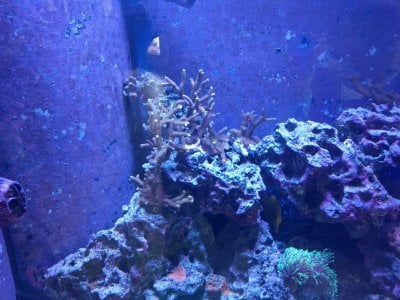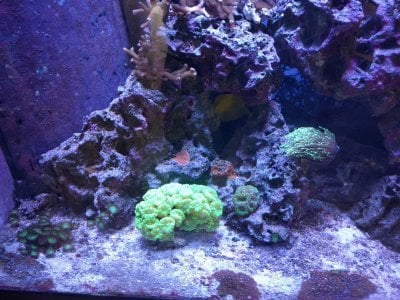I am noticing a common finding in the tanks on the blogs looking for help stabilizing their tanks.
Very often I read they can’t keep chaeto alive as well. You can chase numbers up and down chemically
which seems to screw something else up. Give the tank time to establish a balance between your feeding habits and your fish pooping while rock and sand bacterial counts increase to the needed level.
Chaeto can grow with any grow light and flow. Even with low nutrients. Weekly 20% WC one month.
Restore trace elements and the other three hundred things we haven’t discovered yet by feeding quality foods. When chaeto can grow.....
Very often I read they can’t keep chaeto alive as well. You can chase numbers up and down chemically
which seems to screw something else up. Give the tank time to establish a balance between your feeding habits and your fish pooping while rock and sand bacterial counts increase to the needed level.
Chaeto can grow with any grow light and flow. Even with low nutrients. Weekly 20% WC one month.
Restore trace elements and the other three hundred things we haven’t discovered yet by feeding quality foods. When chaeto can grow.....








